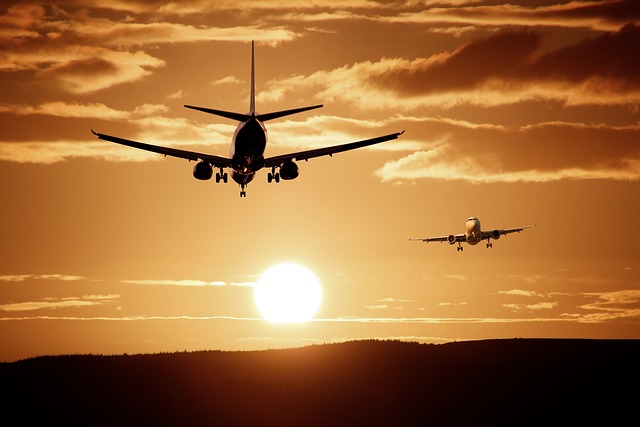Indian aviation achieved a historic milestone as over 505,412 domestic air passengers took to the skies on Sunday, surpassing the 5 lakh mark for the first time.
Celebrating the achievement, the Ministry of Civil Aviation said in a post on X, “India’s aviation sector is soaring higher than ever, connecting dreams and destinations seamlessly.”
Civil Aviation Minister K. Ram Mohan Naidu attributed this milestone to transformative policies such as the Regional Connectivity Scheme (UDAN), advancements in airport infrastructure, and the integration of digital technologies. “This achievement reflects our commitment to making air travel affordable, seamless, and accessible to millions of Indians,” the minister said in a statement.
Launched in 2017, the UDAN scheme has been pivotal in improving connectivity to underserved and unserved regions, boosting accessibility for first-time fliers. In parallel, the number of operational airports in India has doubled over the last decade, supporting the sector’s rapid expansion.
Minister Naidu emphasized the government’s vision of transforming India into a global aviation hub by 2030, with domestic air passenger traffic projected to reach 300 million annually. “This is not just a milestone—it’s a testament to India’s potential to become a global leader in aviation,” he said
Despite the growth, challenges remain. Airfare is a market-driven process and hence a cap could not be imposed on it by the government. The government has deregulated tariff fixation, allowing airlines to set fares based on market demand. Minister Naidu, however, reiterated his commitment to keeping air travel affordable and has addressed these concerns during recent parliamentary sessions.
During the recent Parliament session, the Civil Aviation Minister took many questions related to the exorbitant rise in airfares, delays in flights, and aviation-related infrastructure in the country.
He had apprised the Parliament about the aircraft that are currently grounded due to engine issues, which he said caused an additional burden to the overall fleet.
(Inputs from ANI)




















